It’s a leap year this year and the 29th of February today, when well heeled watch nerds around the world with perpetual calendars (they are quite expensive after all) would have gone through the ritual just a few moments ago of waiting for their watches to show a number that hasn’t appeared for the last four years – “29”. The next midnight when today ends, their watches will again perform another magic trick, directly advancing to the 1st of March.
At that moment, all around the world, owners of more pedestrian watches with dumb calendars would be taking them off and manually advancing them from the number 30, then 31, and then to 1, thereby incurring sore thumbs in the process or if not, making their owners late 2 days for events in the coming month. How nice it is then to avoid all that and have your watch do it for you?
Now a perpetual calendar can achieve what these other watches cannot because of the additional parts it carries that make up the mechanism. At its core, the most important part – or the brain if you will – the part that gives instructions for the rest of the mechanism to carry out is, the programme wheel.
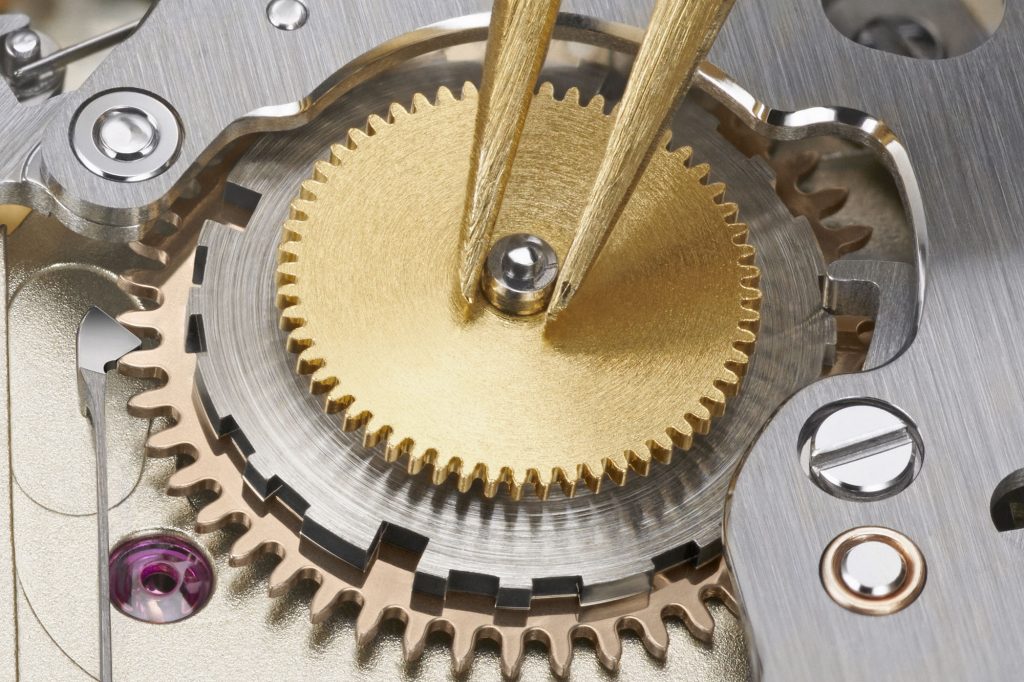
In most perpetual calendars, the programme wheel is usually within the diameter of the movement, relatively small, with a series of 48 notches of varying depths, with each notch representing each of the 48 months in a leap year cycle. Depending on whether a month ends with 28, 29, 30 or 31 days, the depth of the notch will differ, and a finger that comes in to the programme wheel will relay the length of each month to the rest of the mechanism to tell it what to do.
A.Lange & Söhne have produced in their portfolio, eight separate perpetual calendar movements. Interestingly, seven of the eight rely on the classical method described above, similar in principle to many well known perpetual calendar watches from other brands.
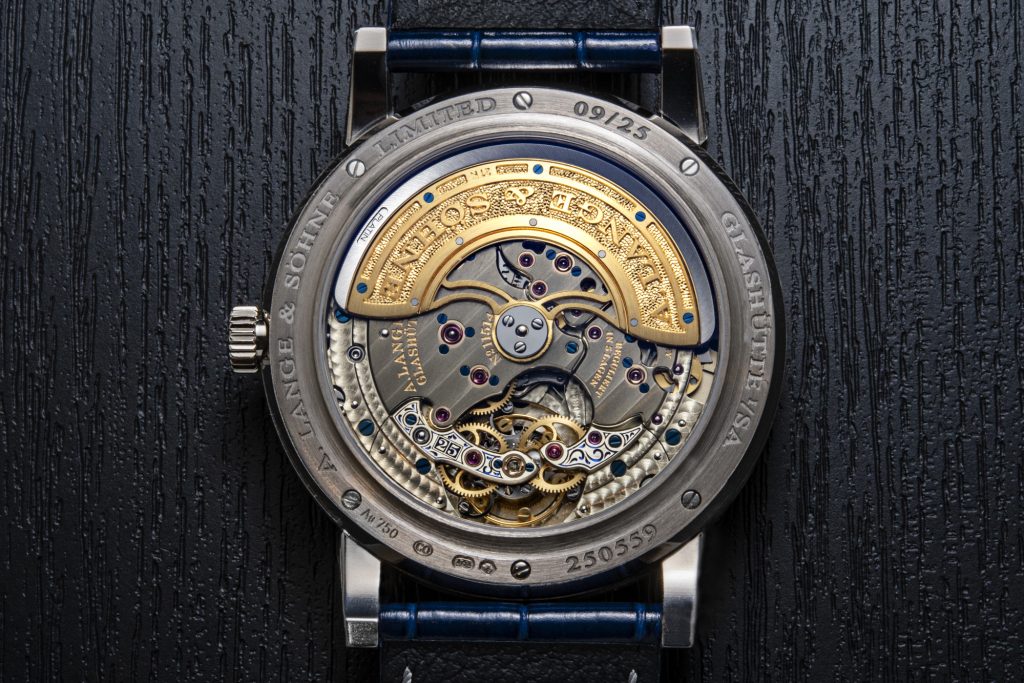
This fact alone is what makes the watch under discussion today so unique, since the Lange 1 Perpetual Calendar Tourbillon has an entirely new perpetual calendar mechanism.
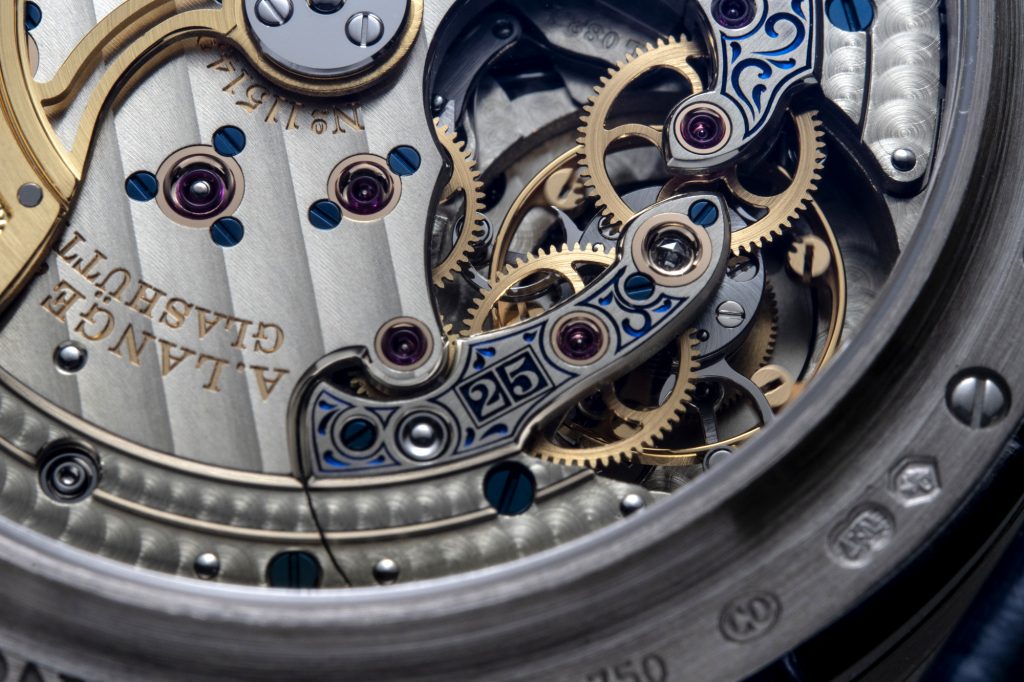 Now of course, this watch is a mountainous upgrade from the Lange 1 that I already own, and the pinnacle to the iconic Lange 1 family carrying the asymmetric dial layout with the outsized date. This version shown here is even better, as it is the 25th Anniversary version in 18k white gold introduced last year as a 25 piece limited edition, that comes with a few celebratory details that mark it out.
Now of course, this watch is a mountainous upgrade from the Lange 1 that I already own, and the pinnacle to the iconic Lange 1 family carrying the asymmetric dial layout with the outsized date. This version shown here is even better, as it is the 25th Anniversary version in 18k white gold introduced last year as a 25 piece limited edition, that comes with a few celebratory details that mark it out.
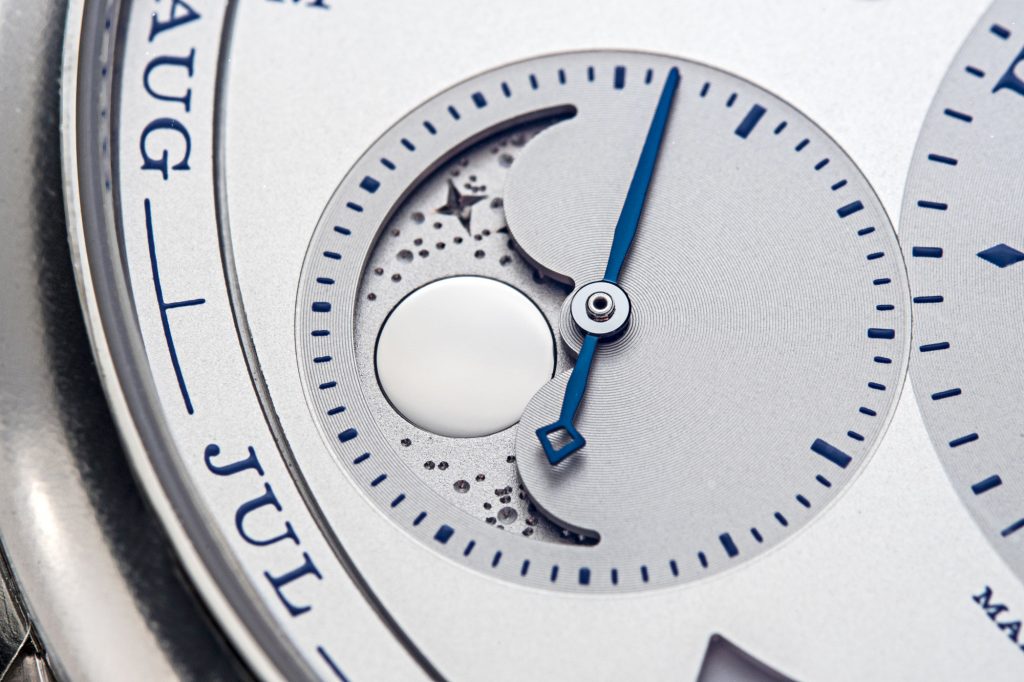
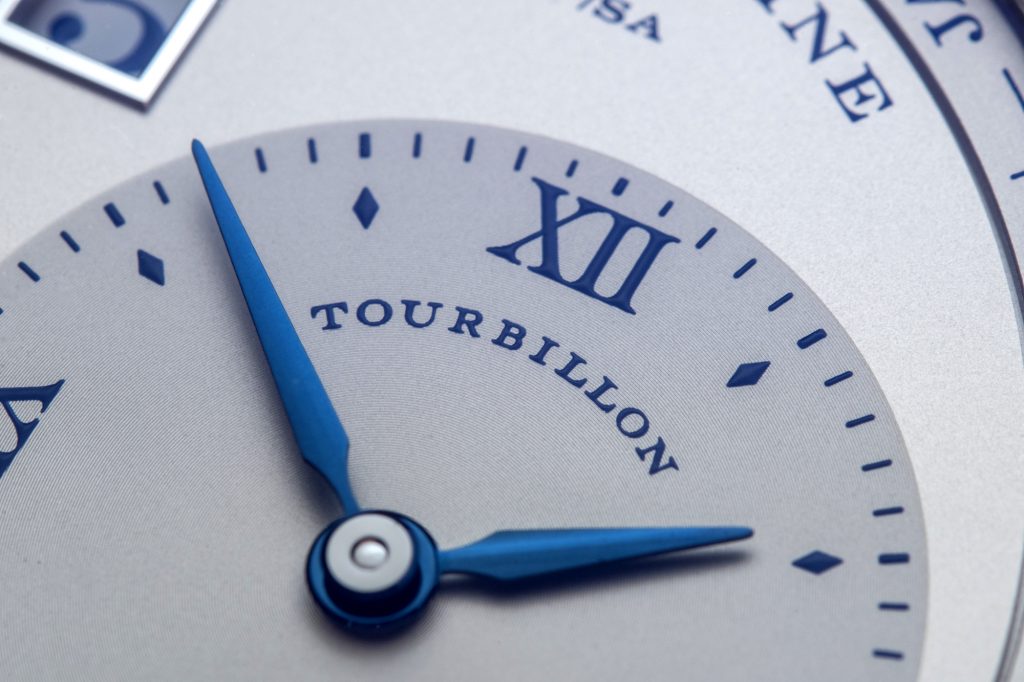
So let’s think about how this watch came about, because one can imagine that when the mandate for its development was set down that there would be a number of technical challenges to overcome.

The first thing to realise about creating a Lange 1 with a Perpetual Calendar is the need to work within the constraints of its singularly unique dial design. You would not, if you were an admirer, allow any disruption to the harmony of the dial. But then what do you do since all the space seems to be taken?
Well you have the date taken care off with the signature outsized date, so that helps. With the day of the week – well it’s not strictly necessary in a Perpetual Calendar so you could leave it out. But then since there is already precedent in its inclusion in the Lange 1 Daymatic, then let’s make this Perpetual Calendar an automatic watch with a day of the week indicator. Next there is the leap year indicator which requires a relatively small space, as seen in most Perpetual Calendars, so we’ll just slot it somewhere.
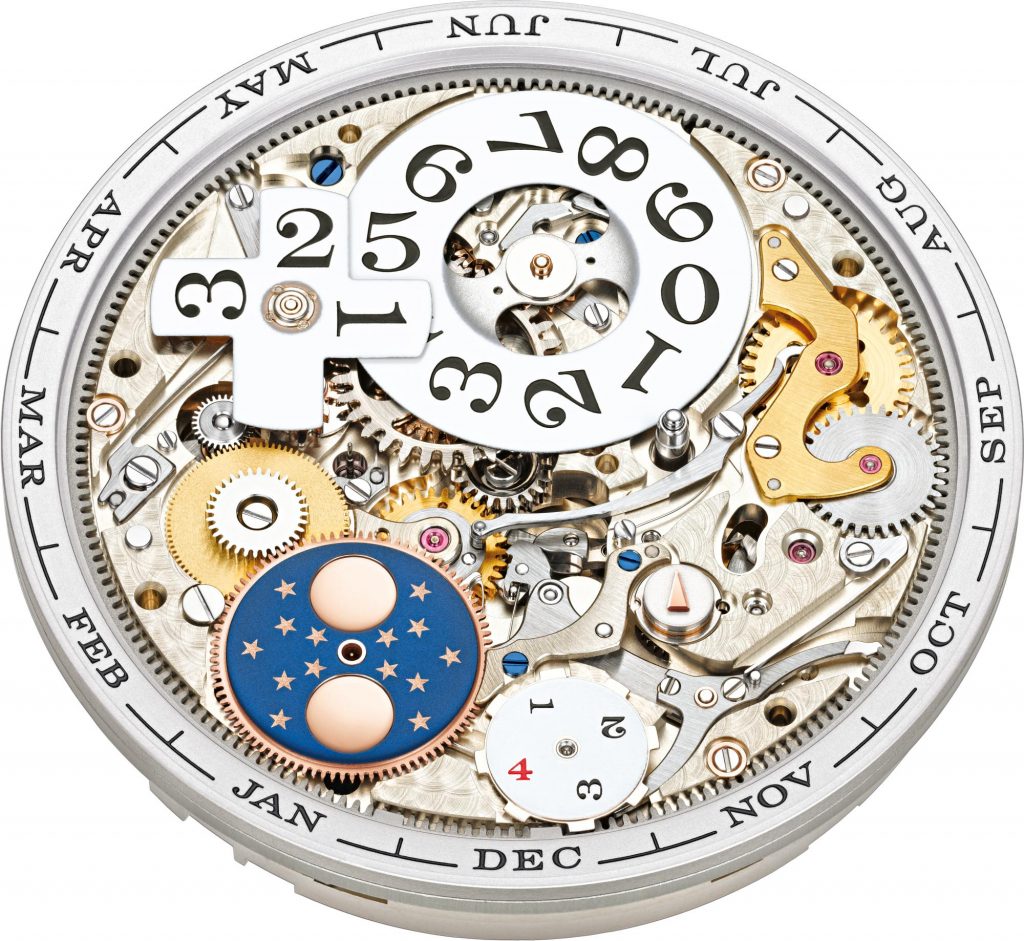
What’s left? The months. It’s hard to find a space for this since it needs to be quite readable and there are twelve of them. But then, you look carefully and realise that the edge of the dial is available. Ok, so you put it there, but then you think back to the key to the Perpetual Calendar and you realise that the programme wheel is connected to the months. What then can you do?
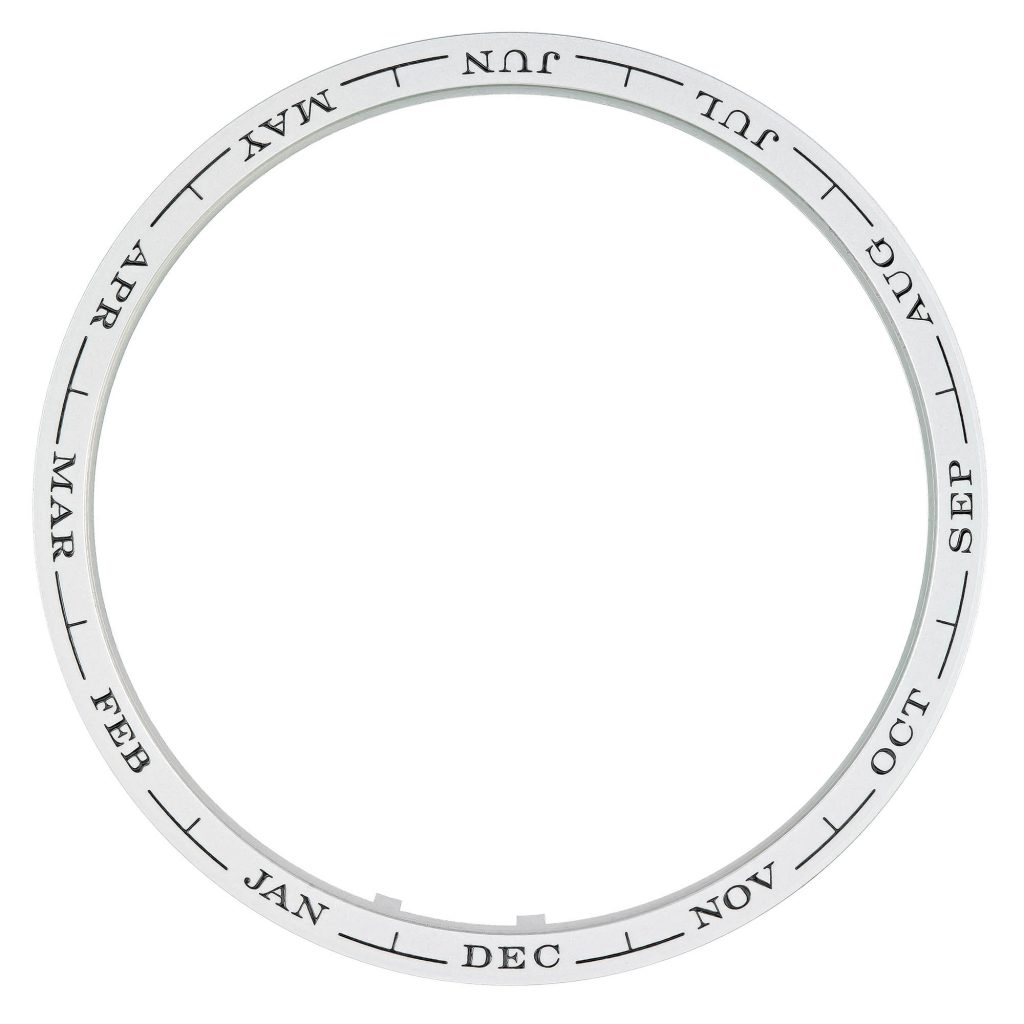
The solution: have the month ring rotate as normal once every year, but with another mechanism to inform the watch if it is a leap year or not when February arrives. Instead of one program wheel that turns once every four years. You have a month ring that turns once every year, then another mechanism that tells the ring if it is a leap year or if it isn’t.
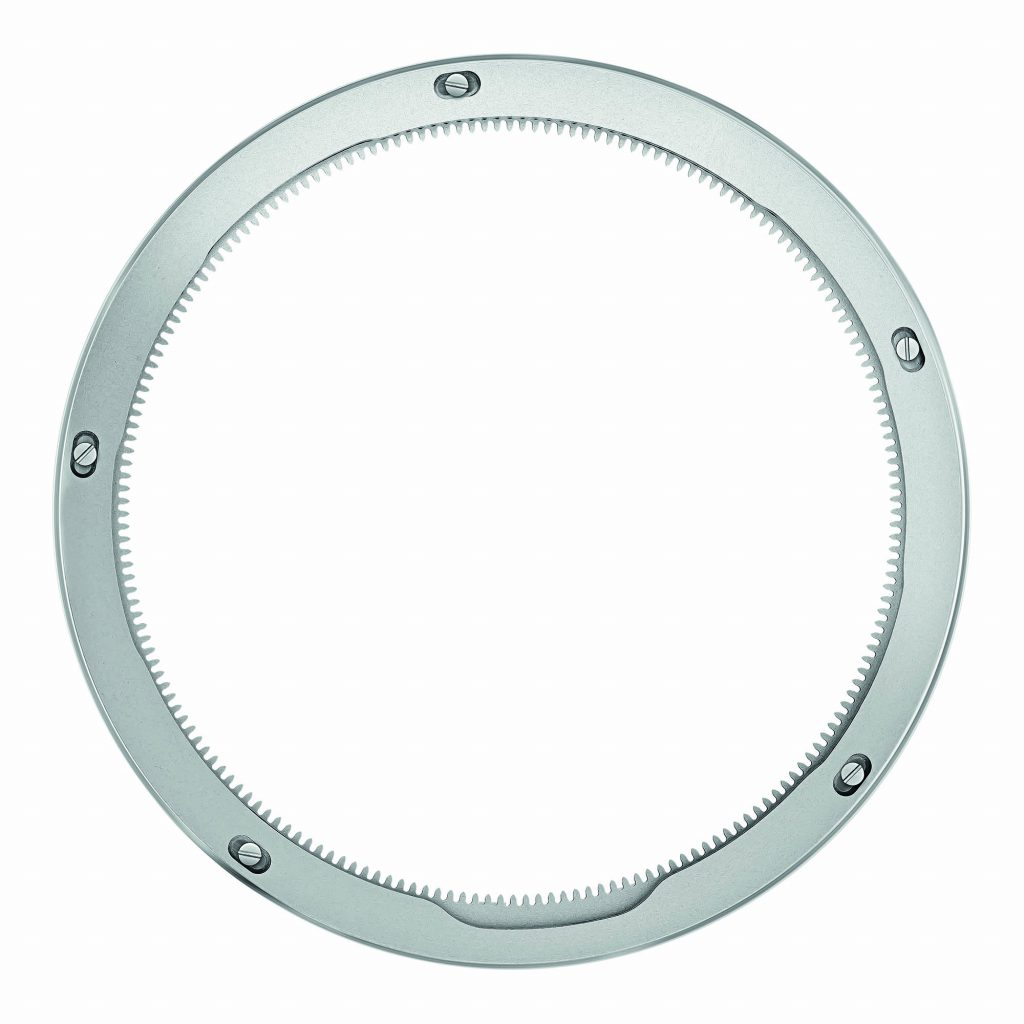
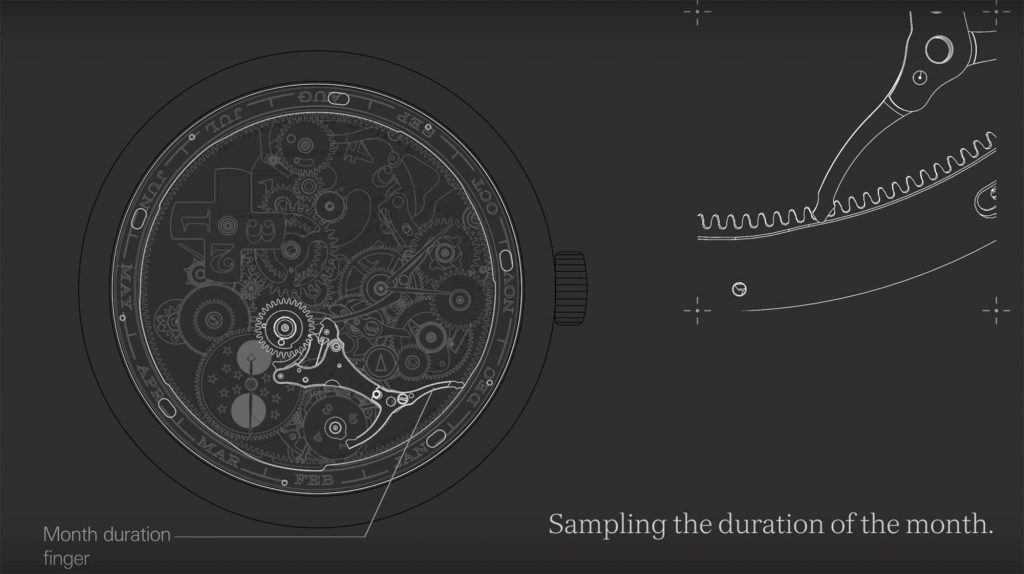
In essence then the month ring becomes an inverted and larger programme wheel, with the series of waves shaped notches underneath it to communicate the number days of the month – but for only 12 months instead of 48 – and this is connected to a part called a sampler lever that reads what month it is and directs the the right date to be displayed come the end of each month and the beginning of another.

What happens come February? The sampler lever has another arm called an extender, that pushes to a leap year cam (that you can see as numbers 1,2,3 and 4 via a dial side aperture). If it encounters no resistance, the extender does nothing and everything proceeds as normal, since it is not a leap year. If resistance is encountered, then the mechanism “reads” that it is a leap year, and so does the things that make the date appear correctly.
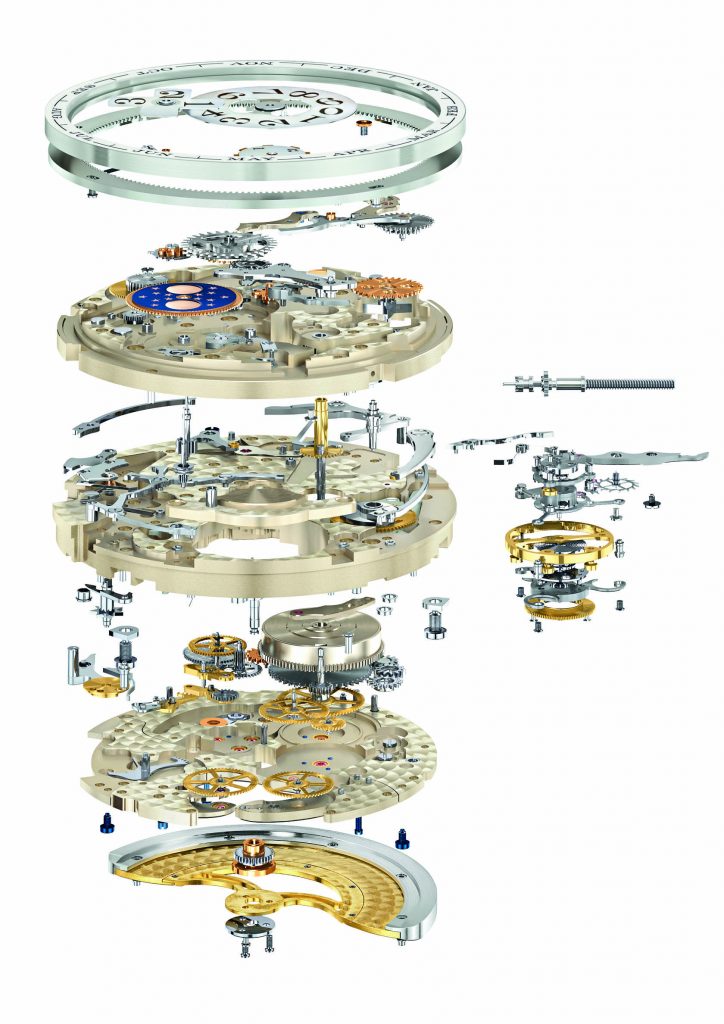
That in a nutshell is how all this works, and if your brain just exploded at this explanation, don’t worry, it will take time to understand. And know that it is only one part of what the movement does, I haven’t even covered how A Lange & Söhne manages the huge amount of power to turn the large month ring every month by 30 degrees, or even how the outsized date is given instructions to display correctly.
So spend some time looking at this video and try to work it out. If you give up, at least you’ll realise why the Lange 1 Tourbillon Perpetual Calendar is such a masterpiece, and why you had to pay so much to get one.


